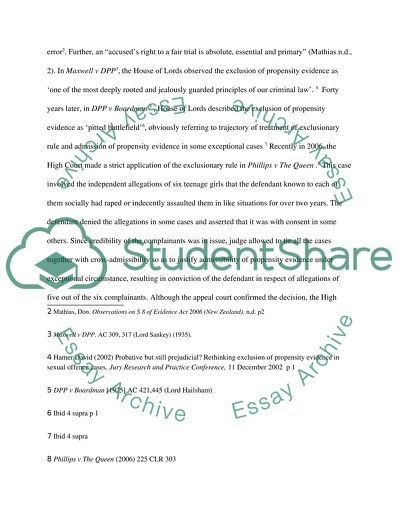Cite this document
(“Evidence Is The Basis of Justice Dissertation Example | Topics and Well Written Essays - 4250 words”, n.d.)
Retrieved from https://studentshare.org/law/1420504-evidence-is-the-basis-of-justice
Retrieved from https://studentshare.org/law/1420504-evidence-is-the-basis-of-justice
(Evidence Is The Basis of Justice Dissertation Example | Topics and Well Written Essays - 4250 Words)
https://studentshare.org/law/1420504-evidence-is-the-basis-of-justice.
https://studentshare.org/law/1420504-evidence-is-the-basis-of-justice.
“Evidence Is The Basis of Justice Dissertation Example | Topics and Well Written Essays - 4250 Words”, n.d. https://studentshare.org/law/1420504-evidence-is-the-basis-of-justice.


